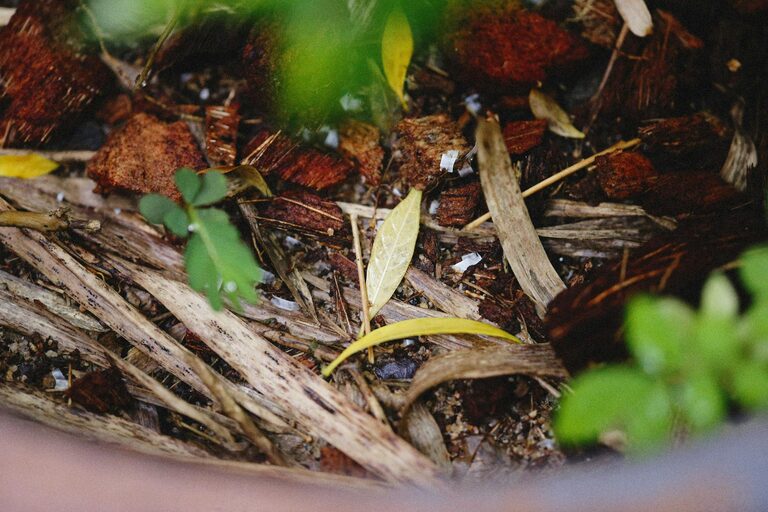Beginner Tips for Composting at Home: Easy Steps to Start Composting

Composting at home is a fantastic way to reduce waste, enrich your garden soil, and contribute to a healthier environment. If you’ve never composted before, the idea might seem complicated, but getting started is easier than you think. This guide offers beginner-friendly tips to help you start your composting journey with confidence.
What is Composting?
Composting is the natural process of recycling organic materials like food scraps and yard waste into a rich, dark soil amendment called compost. This nutrient-packed material improves soil health, retains moisture, and supports plant growth.
Why Compost at Home?
– Reduce Waste: Divert food scraps and yard waste from landfills.
– Enrich Your Soil: Compost adds essential nutrients and improves soil structure.
– Save Money: Reduce the need for chemical fertilizers.
– Help the Environment: Lower your carbon footprint by reducing methane emissions from landfills.
Getting Started with Composting: Basic Tips
1. Choose the Right Composting Method
There are several ways to compost at home. Here are common options for beginners:
– Compost Bin: A closed container that keeps compost tidy and contained.
– Compost Pile: Simply pile organic waste in a designated spot outdoors.
– Worm Composting (Vermicomposting): Uses worms to quickly break down scraps, ideal for small spaces.
Choose the method that best fits your space, time, and interest.
2. Select a Good Location
Place your compost bin or pile in a well-drained, shady spot that’s easily accessible. Avoid locations that are too wet or exposed to extreme heat.
3. Understand What to Compost
Successful composting depends on the right mix of materials. Compost ingredients are generally categorized as:
– Greens (Nitrogen-rich): Kitchen scraps like fruit and vegetable peelings, coffee grounds, tea bags, fresh grass clippings.
– Browns (Carbon-rich): Dry leaves, straw, shredded newspaper, cardboard, wood chips.
Aim for roughly 3 parts browns to 1 part greens to maintain a balanced compost.
4. What Not to Compost
Avoid these items as they can cause odors, attract pests, or harm your compost:
– Meat, fish, dairy products
– Oils and greasy foods
– Diseased plants
– Pet waste
– Synthetic materials or plastics
5. Chop and Layer Materials
Cutting or shredding larger scraps helps speed decomposition. Layer greens and browns alternating in your bin or pile. Start with a layer of coarse materials like twigs to aid airflow at the bottom.
6. Keep Your Compost Moist
Your compost should feel like a damp sponge—not too wet, not dry. Water it occasionally if it becomes dry, especially in hot weather.
7. Turn Your Compost Regularly
Turning or mixing your compost aerates it and speeds up decomposition. Aim to turn your pile once a week or every couple of weeks. Use a garden fork or compost aerator tool.
8. Be Patient
Composting takes time. Depending on conditions, your compost might take anywhere from 2 months to 1 year to be ready. Finished compost is dark, crumbly, and smells earthy.
Troubleshooting Common Composting Issues
– Smelly Compost: Usually caused by too many greens or poor airflow. Add browns and turn the pile.
– Pests: Avoid meat/dairy and keep your bin closed. Bury food scraps deeper.
– Slow Decomposition: Add moisture and turn pile more frequently.
– Compost Too Dry or Too Wet: Adjust watering or layering to balance moisture.
Tips for Using Your Finished Compost
– Mix it into garden beds or potting soil to improve texture and nutrients.
– Use as mulch around trees and shrubs to retain moisture.
– Top-dress lawn areas to enhance grass health.
Additional Resources to Explore
– Local composting workshops or community programs
– Books or online guides on organic gardening and soil health
– Composting apps or tools for tracking progress
Final Thoughts
Starting to compost at home is a rewarding practice that benefits your garden and the planet. With just a little effort and patience, you’ll turn everyday waste into “black gold” that nurtures your plants. Try these beginner tips today and enjoy the journey of sustainable living!
